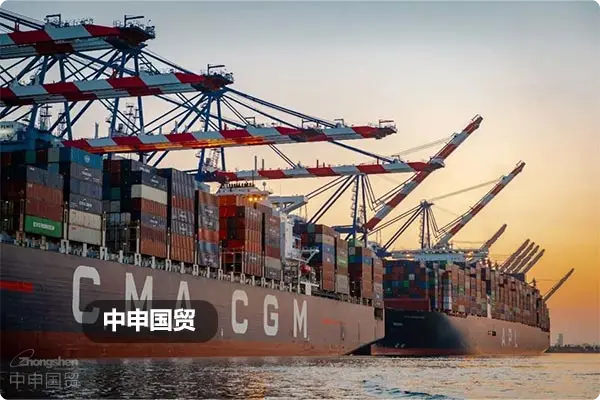- Shanghai Zhongshen International Trade Co., Ltd. - Two decades of trade agency expertise.
- Service Hotline: 139 1787 2118

Contents
ToggleEquipment ImportsThe Compliance Dilemma
According to the latest data from the General Administration of Customs in 2025, the error rate in declarations for imported industrial equipment reached as high as 37.6%, with cases involving mandatory certification (3CThe return rate of electromechanical products increased by 18% year-on-year. A precision instrument manufacturer recently misused the HS code for old equipment, resulting in a German-made CNC machine worth 12 million yuan being detained at the port for 27 days, incurring additional storage fees and order breach losses.
Three Hidden Pitfalls of Self-Operated Imports
- Document Integrity Risk: Ordinary enterprises find it difficult to accurately identify whether the accessories of equipment need to be declared separately. For example, a certain enterprise failed to declare the random tool kit, leading to disputes over the overall value reduction of the goods.
- Insufficient response to technical barriers: The technical parameter conversion error rate between EU CE certification and domestic GB standards is as high as 42%, directly impacting customs clearance efficiency.
- Blind spots in cost control: Under the self-operated model, hidden costs can account for up to 23% of total expenses, including uncontrollable expenditures such as demurrage fees and technical rectification costs.
The core value matrix of the proxy model
- Risk prevention system:
- The pre-review process achieves 100% document compliance.
- Establish a database of equipment technical parameters (covering 1200+ international certification standards)
- Cost optimization model:
- The tariff planning solution reduces import costs by an average of 18%.
- The logistics network reduces transit time by 5-7 working days.
Comparative Analysis of Self-Operation and Agency Models
| Cost Structure | Explicit costs account for 75%. | Full Cost Accounting System |
| Time period | An average of 45 working days | Standard process: 28 working days. |
| Risk coefficient | Customs inspection rate: 32% | The inspection rate should be controlled below 9%. |
Golden Rules for Proxy Service Selection
Three essential qualifications for premium agents: ① Possession of AEO Advanced Certification ② A professional electromechanical valuation team ③ Establishment of a pre-classification database for equipment. A certain automotive parts company successfully reduced the equipment commissioning cycle from 90 days to 55 days by engaging an agency with German TüV cooperation credentials.
Special scenario response strategies
- Import of second-hand equipment: Original equipment status declaration and proof of service life must be provided.
- Temporarilyimport and export: It is recommended to use the ATA Carnet mode, which can reduce the deposit by up to 60%.
- 28 Bonded maintenance equipment: Prior completion of special supervision zone filing procedures is required.
A case study from a biopharmaceutical company demonstrates: By engaging a professional agency to handle the import of an $8 million Swiss-made fermentation system, the company not only avoided delays in biosafety approval but also saved 960,000 yuan in tariffs by leveraging preferential rates under a free trade agreement. This case underscores the irreplaceable role of professional agency services in the import of complex equipment.
Related Recommendations
? 2025. All Rights Reserved. Shanghai ICP No. 2023007705-2  PSB Record: Shanghai No.31011502009912
PSB Record: Shanghai No.31011502009912










